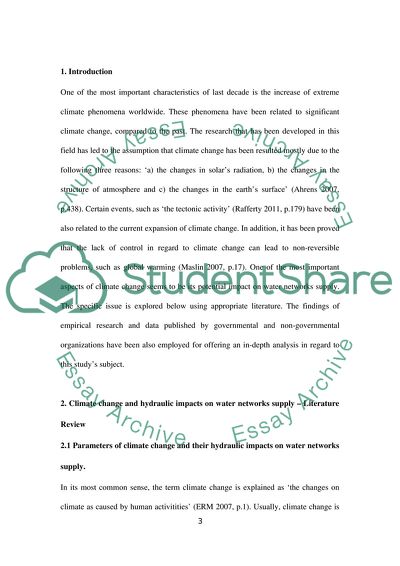Cite this document
(Climate Change and Hydraulic Impacts on Water Networks Supply Literature review Example | Topics and Well Written Essays - 3000 words - 1, n.d.)
Climate Change and Hydraulic Impacts on Water Networks Supply Literature review Example | Topics and Well Written Essays - 3000 words - 1. https://studentshare.org/environmental-studies/1788448-climate-change-and-hydraulic-impacts-on-water-networks-supply
Climate Change and Hydraulic Impacts on Water Networks Supply Literature review Example | Topics and Well Written Essays - 3000 words - 1. https://studentshare.org/environmental-studies/1788448-climate-change-and-hydraulic-impacts-on-water-networks-supply
(Climate Change and Hydraulic Impacts on Water Networks Supply Literature Review Example | Topics and Well Written Essays - 3000 Words - 1)
Climate Change and Hydraulic Impacts on Water Networks Supply Literature Review Example | Topics and Well Written Essays - 3000 Words - 1. https://studentshare.org/environmental-studies/1788448-climate-change-and-hydraulic-impacts-on-water-networks-supply.
Climate Change and Hydraulic Impacts on Water Networks Supply Literature Review Example | Topics and Well Written Essays - 3000 Words - 1. https://studentshare.org/environmental-studies/1788448-climate-change-and-hydraulic-impacts-on-water-networks-supply.
“Climate Change and Hydraulic Impacts on Water Networks Supply Literature Review Example | Topics and Well Written Essays - 3000 Words - 1”. https://studentshare.org/environmental-studies/1788448-climate-change-and-hydraulic-impacts-on-water-networks-supply.


